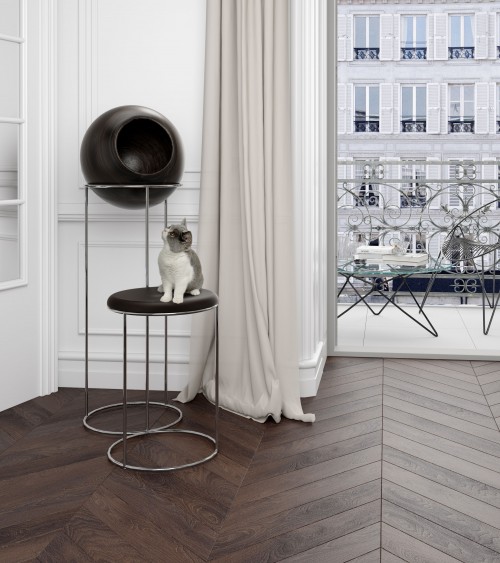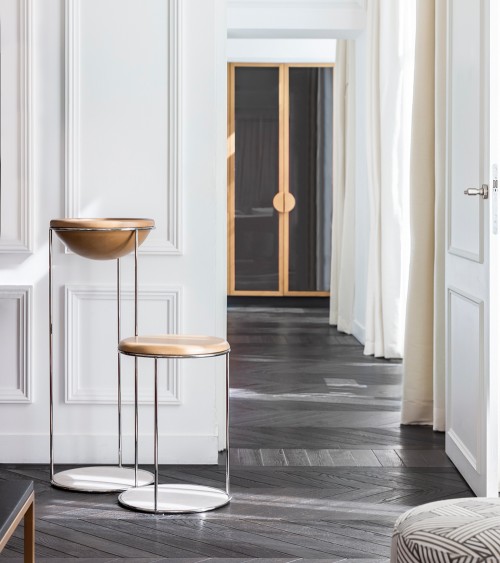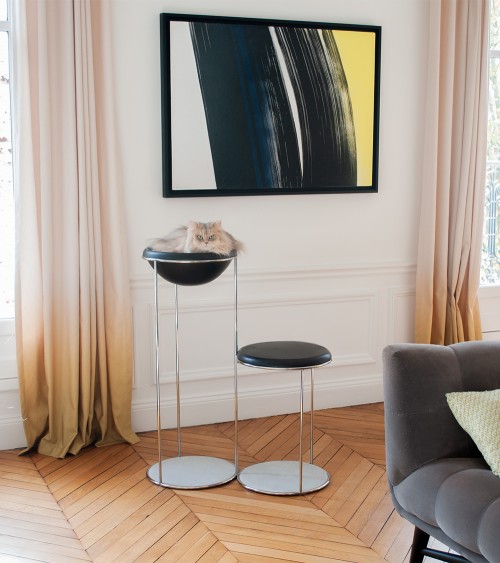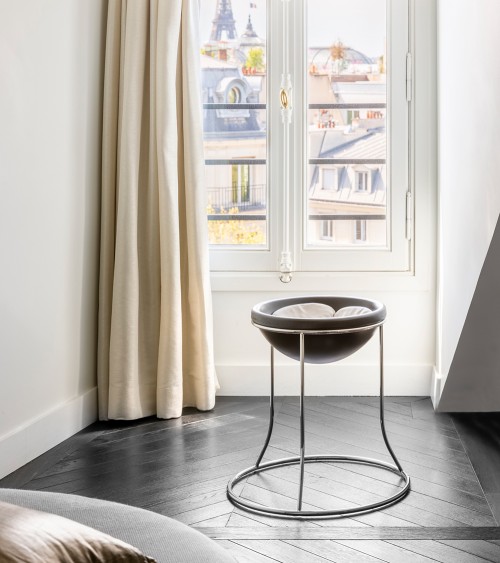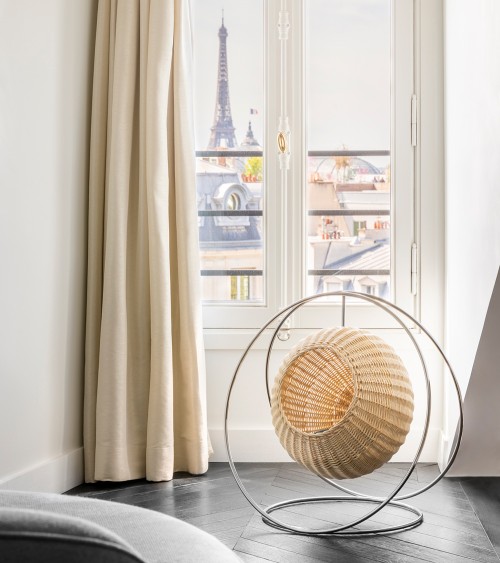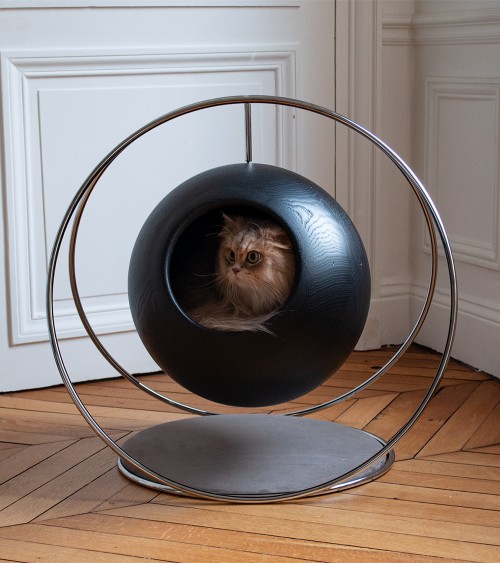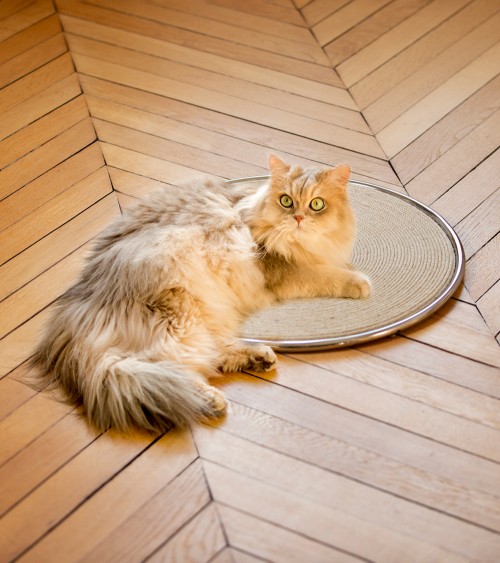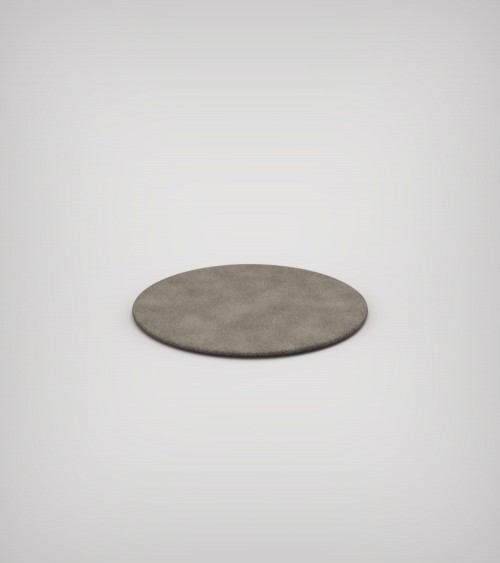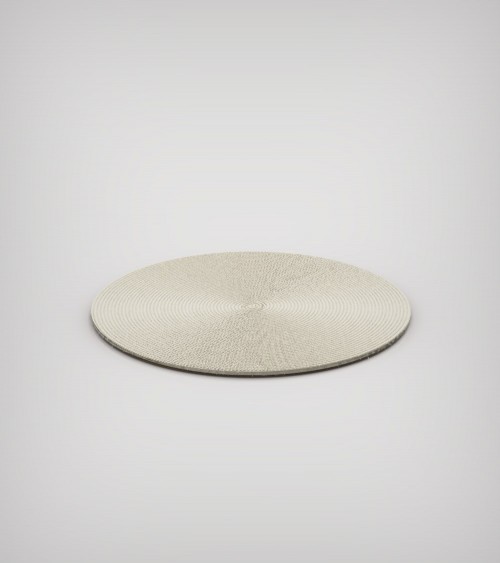The wicker spheres of Bogarel's handcrafted cat trees
.jpg)
Jean-Marc Blanchard is one of the 200 French basket makers, which constitutes one of the two European basketry basins with Germany. The Comité de Développement et de Promotion de la Vannerie has just over 40 basket makers and wicker workers who occasionally work together on projects such as the Bogarel spheres.
In 2018, Jean-Marc was awarded the title of Meilleur Ouvrier de France, as a token of honour and recognition of this exceptional know-how.
1. What is basket weaving and to what extent is it a rare skill?
Basketry is the art of weaving plants. This skill has existed since the dawn of time and in all countries of the world. Depending on the region, craftsmen use plants that grow locally. In Europe, it is mainly wicker, but in the past, bramble, straw, borage or even hazelnut were also used. The plant fibers are chosen for their suppleness to facilitate braiding.
The Haute-Marne region in France has been a historical breeding ground for basketry for over 300 years. At that time, this skill was passed down from father to son. Since the 1970s, there have been two schools in Europe, including the one that trained me: the Fayl-Billot Basketry School.
This ancestral knowledge has become rarer with time. At the beginning of the 20th century, France had 25,000 basket makers and wicker workers. Today there are about 200 of us. It is a demanding skill, completely manual, which requires patience and a lot of precision.
Basketry is mainly used for interior decoration: tableware, baskets, toy boxes and lighting. More and more designers are interested in this material because it allows them to create unique objects.
2. What is special about white wicker?
White wicker is soft willow that has been harvested and stripped of its bark. We generally use it for high-quality objects because the strand is more regular. Ideal for Bogarel cat beds, it allows for finer weaving while retaining strength.
It is called "white" wicker because its off-white, very light honey tones differ from the green, yellow and brown shades of raw wicker.
3. What is the difference between the manual process used to build the spheres and half-spheres on Bogarel's handcrafted cat beds and cat trees and industrial production?
Wicker is a rather rebellious material. It takes years to tame it. I consider that it takes between 5 and 10 years of experience to claim real mastery.
Today, there is no machine capable of mimicking the manual work of a basket maker. The reason is simple: the fineness and irregularities of the strand are felt by hand. A different pressure has to be applied for each pass.
The same tools are used as 300 years ago: the scythe, the punch, the bat and the pruning shears.
4. What are the different methods of wicker weaving?
There are between 20 and 30 basic techniques, which themselves have a multitude of variations. Each basket maker develops his or her own weaving methods.
The duty of transmission is very important in the craft. Basketmakers learn new techniques at special meetings. For some years now, this art of weaving has been celebrated in Poland with basket makers from all over the world.
Depending on the country, the plant fibers that are used are not the same, but the techniques can be applied to different plants. Asians generally work with bamboo, while in Latin America we find rattan. 74 countries are represented at these events.
These encounters help the world of basketry evolve!
5. Which weaving technique is used for the spheres of Bogarel’s handmade cat beds and cat trees?
Bogarel's handmade cat trees and cat beds have a sphere made of 2 parts: the bottom, in crosses and the fence, in crocane.
It is an object that requires a great expertise: there are only 3 of us out of the 40 basket makers of the Comité de Développement et de Promotion de la Vannerie who are able to weave them. A sphere for a cat bed represents between 6 to 7 hours of work.
The difficulty lies in the fact of making a rounded shape in a regular way. Each strand is different, more or less fine and flexible. For a design piece such as the Bogarel spheres, we are looking for visual harmony. This requires a lot of time and experience.
6. What is the difference between a basket maker and a wicker worker?
The basket maker is the craftsman who creates objects from wicker. He is the one who masters the art of weaving plants. The wicker worker cultivates the flexible willow. The cultivation of quality wicker requires special attention and a great deal of knowledge of this particular plant.
Until 40 years ago, a basket maker was also a wicker maker. More and more, the profession is splitting into two: more and more basket makers are not growing wicker and vice versa.
This is partly because basketry is an increasingly creative profession, whereas working with earth does not require artistic sensitivity. Thus, depending on the temperament of the craftsman and his aspirations, one or the other path is favored.
7. How can this expertise be promoted in an industrialized world where craftsmanship is becoming increasingly rare?
The craft of basket making is promoted in the Grand-Est region, in particular thanks to the Association "Le Comité de développement de la vannerie". It has developed strongly over the last 5 years. More and more events to promote these crafts are being organized.
Recently, Strasbourg celebrated the art of weaving plants at an opening event at the Palais des Arts Déco. Currently, and until this summer, an exhibition is being held on 6 crafts chosen from the 200 crafts listed in France on the dome of the Strasbourg station.
We also recently formed a partnership with the design school of Nancy. The objective is to create a center where the designer's trade is mixed with the basket maker's trade.
